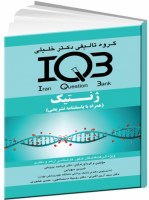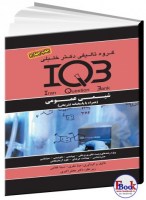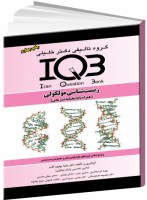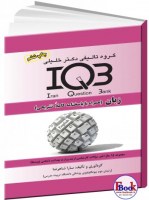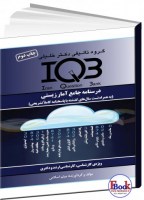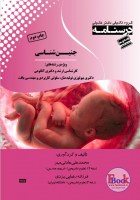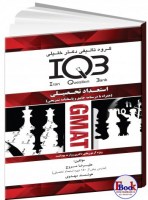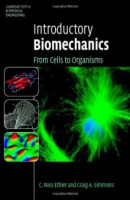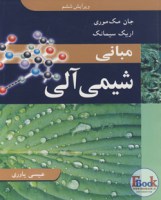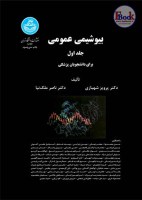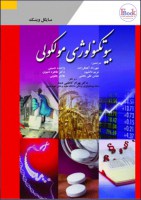دسته بندی
Introductory Biomechanics From Cells to Organisms
بیومکانیک مقدماتی - از سلول تا موجودات زنده
his important branch of the rapidly growing field of bioengineering. A wide selection of topics is presented, ranging from the mechanics of single cells to the dynamics of human movement. No prior biological knowledge is assumed and in each chapter, the relevant anatomy and physiology are first described. The biological system is then analyzed from a mechanical viewpoint by reducing it to its essential elements, using the laws of mechanics and then tying mechanical insights back to biological function. This integrated approach provides students with a deeper understanding of both the mechanics and the biology than from qualitative study alone. The text is supported by a wealth of illustrations, tables and examples, a large selection of suitable problems and hundreds of current references, making it an essential textbook for any biomechanics course. C. Ross Ethier is a professor of Mechanical and Industrial Engineering, the Canada Research Chair in Computational Mechanics, and the Director of the Institute of Biomaterials and Biomedical Engineering at the University of Toronto, with cross-appointment to the Department of Ophthalmology & Vision Sciences. His research focuses on biomechanical factors in glaucoma and blood flow and mass transfer in the large arteries. He has taught biomechanics for over ten years. Craig A. Simmons is the Canada Research Chair in Mechanobiology and an assistant professor of Mechanical and Industrial Engineering at the University of Toronto, with cross-appointments to the Institute of Biomaterials and Biomedical Engineering and the Faculty of Dentistry. His research interests include cell and tissue biomechanics and cell mechanobiology, particularly as it relates to tissue engineering and heart valve disease.
مبانی شیمی آلی (نوپردازان)
شیمی آلی در تمام زندگی ما وجود دارد. واکنش و بر هم کنش مولکول های آلی امکان دیدن، بوییدن، و غلبه بر ترس را به ما می دهند. شیمی آلی فنجانی از قهوه مورد علاقه ماست که کافئین موجود در آن ما را بیدار نگه می دارد. شیمی آلی، مولکول هایی برای درمان بیماری ها، دفع آفت های کشاورزی، و تمیز کردن لباس ها در اختیار ما قرار می دهد. کنجکاوی در مورد حیات و موجودات زنده مستلزم داشتن درک بنیادی از شیمی آلی است.
اساس شیمی آلی به میانه سده هیجدهم میلادی بر می گردد، هنگامی که کیمیاگران به تفاوت های تبیین ناپذیر بین ترکیبات به دست آمده از موجودات زنده و ترکیبات حاصل از کانی ها توجه کردند. استخراج و خالص سازی ترکیبات حاصل از گیاهان و جانوران پر دردسر بود. حتی پس از خالص سازی نیز کار کردن با آن ها دشوار بود و خیلی آسان تر از ترکیبات معدنی دستخوش تجزیه می شدند. توربرن برگمن، شیمی دان سوئدی، نخستین دانشمندی بود که در سال ۱۷۷۰م به این تفاوت ترکیبات "آلى" و "معدنی" توجه کرد و واژه های شیمی آلی را برای اشاره به شیمی ترکیبات حاصل از اندامگان زنده به کار گرفت.
علوم پایه
کتاب های علوم پایه زیست شناسی شیمی فیزیک ریاضی دانشگاهی





